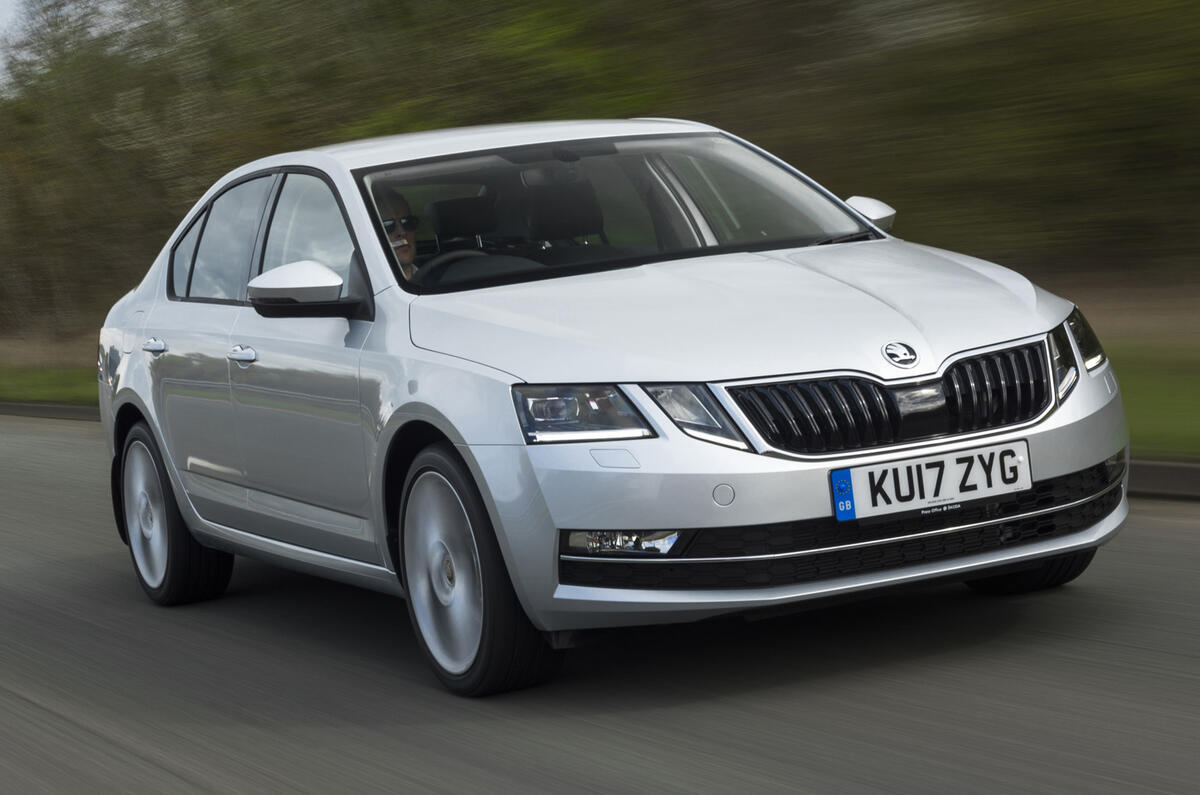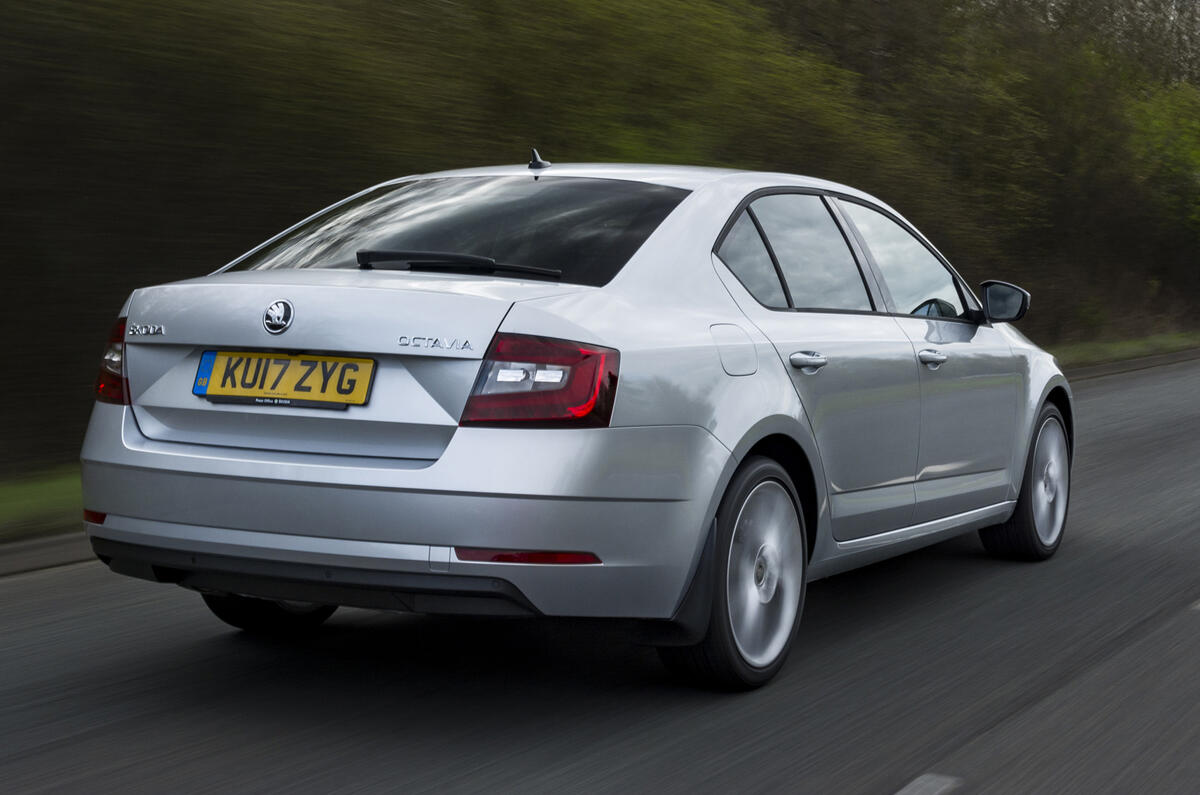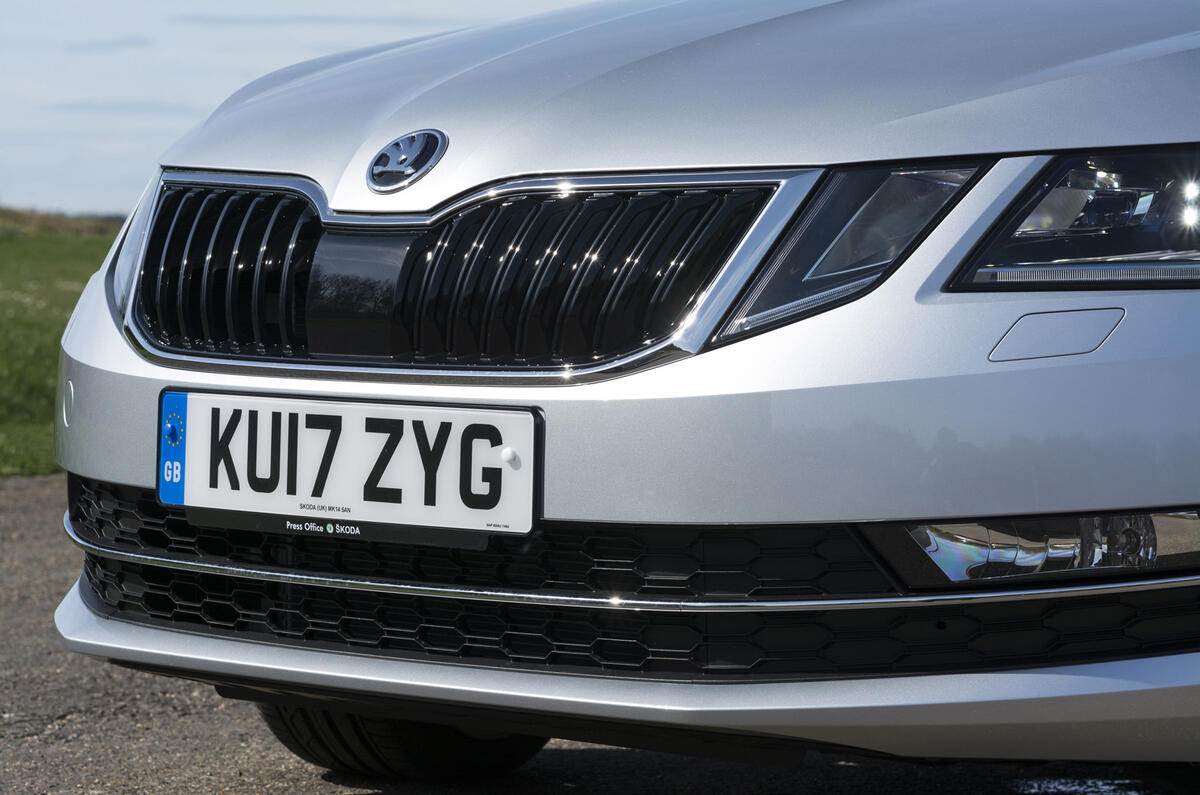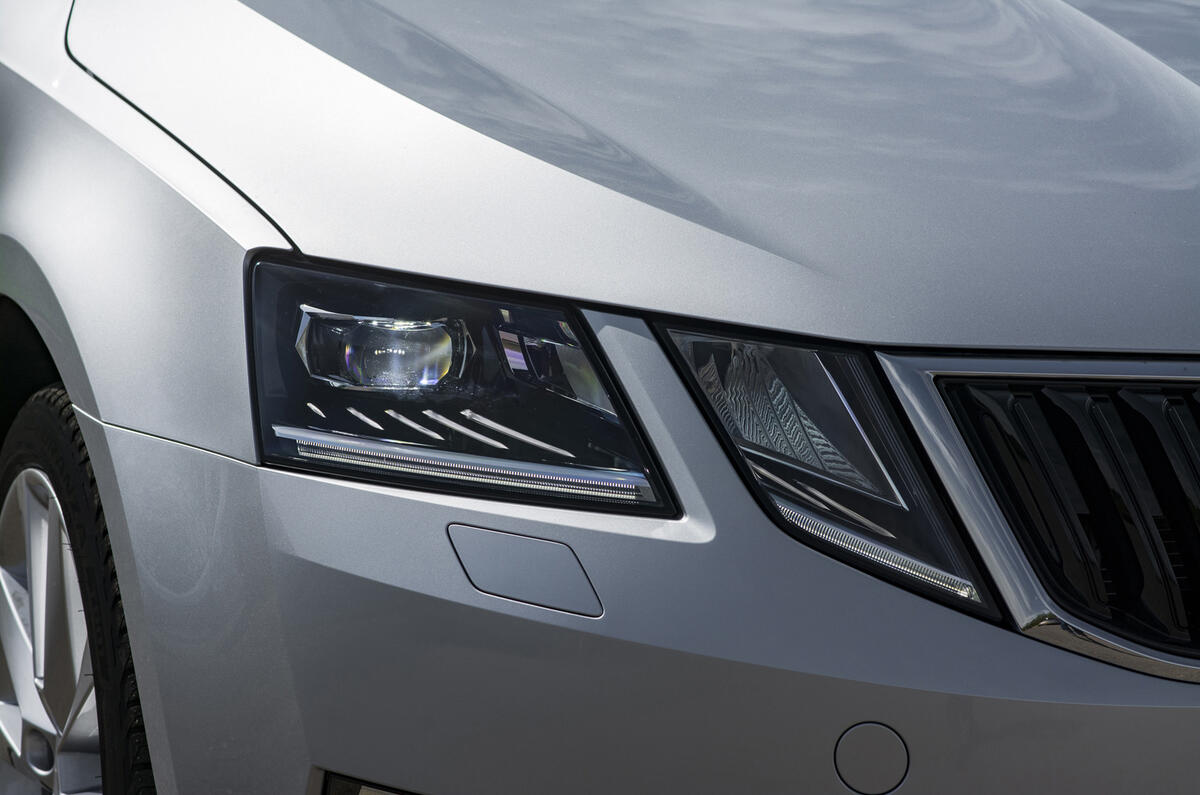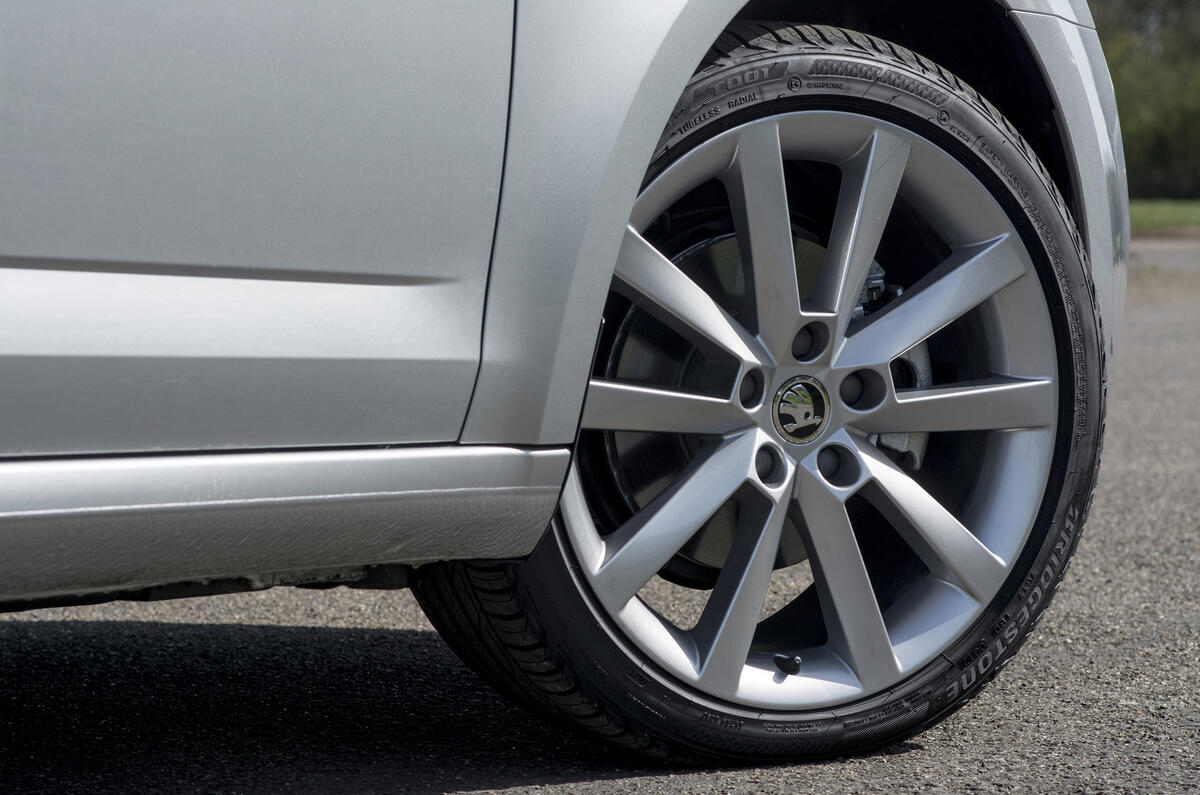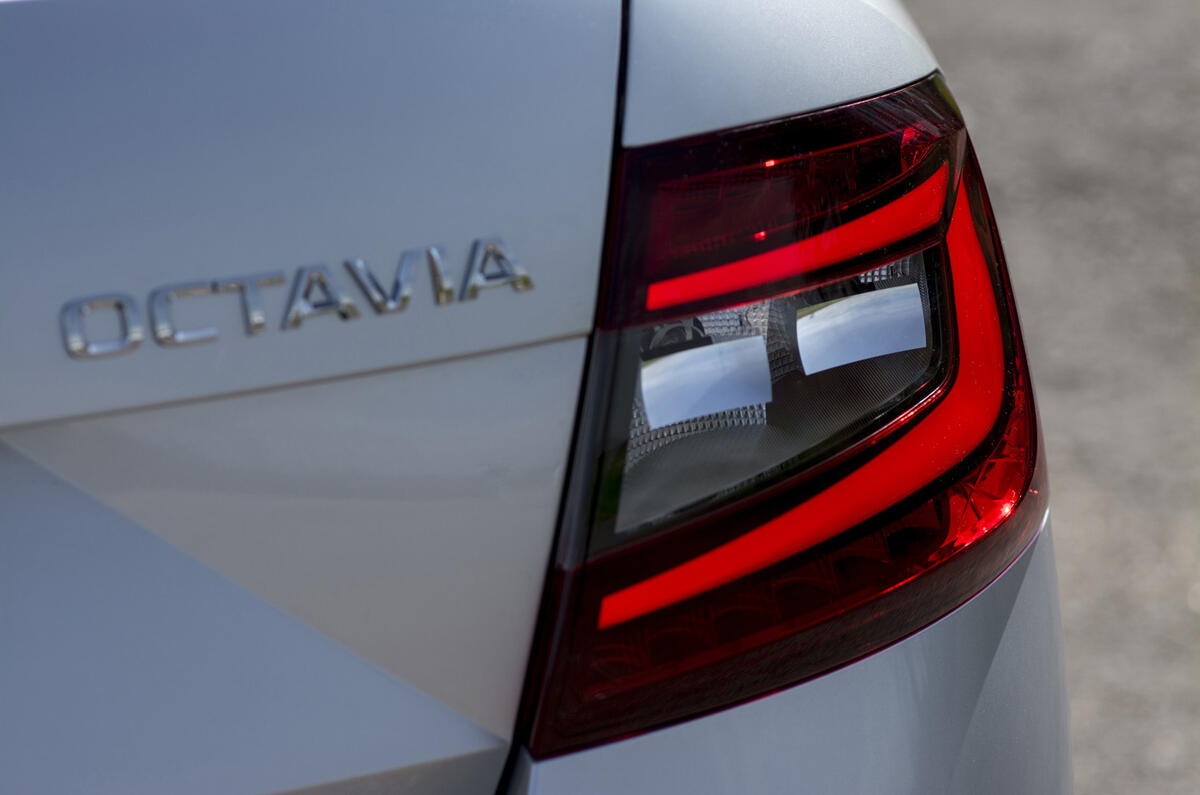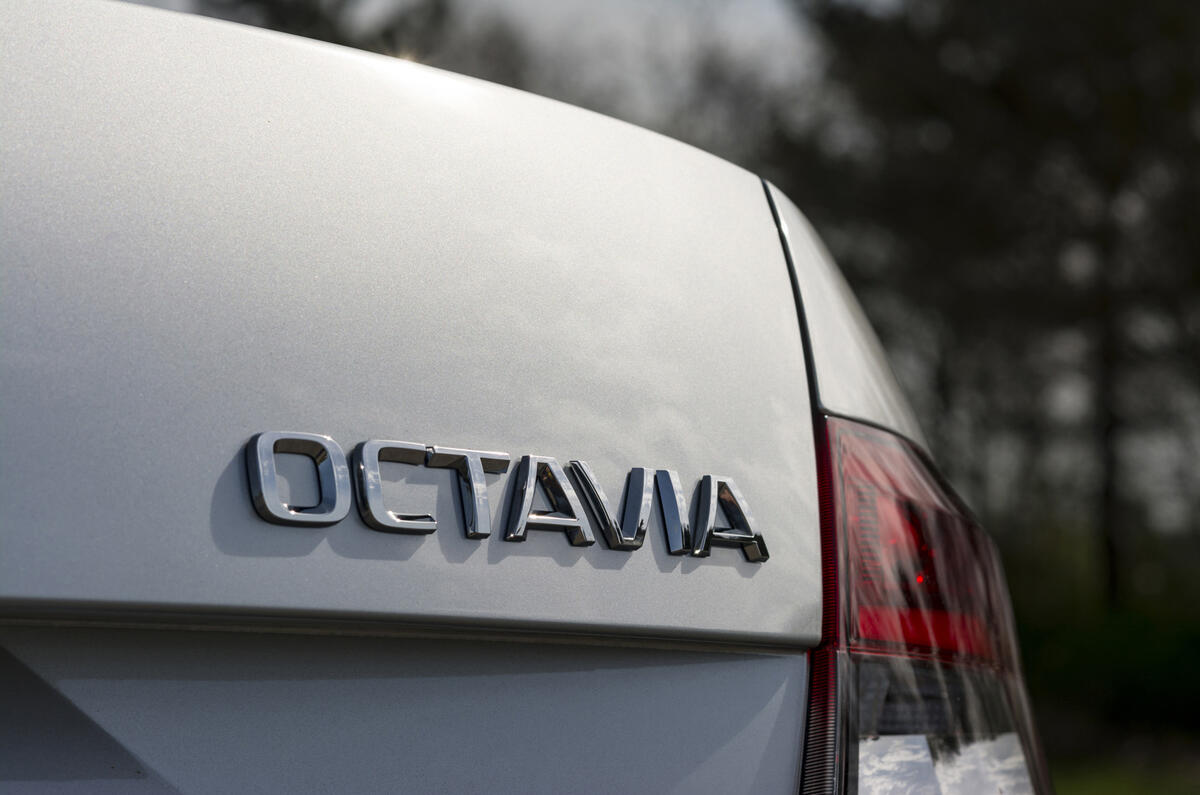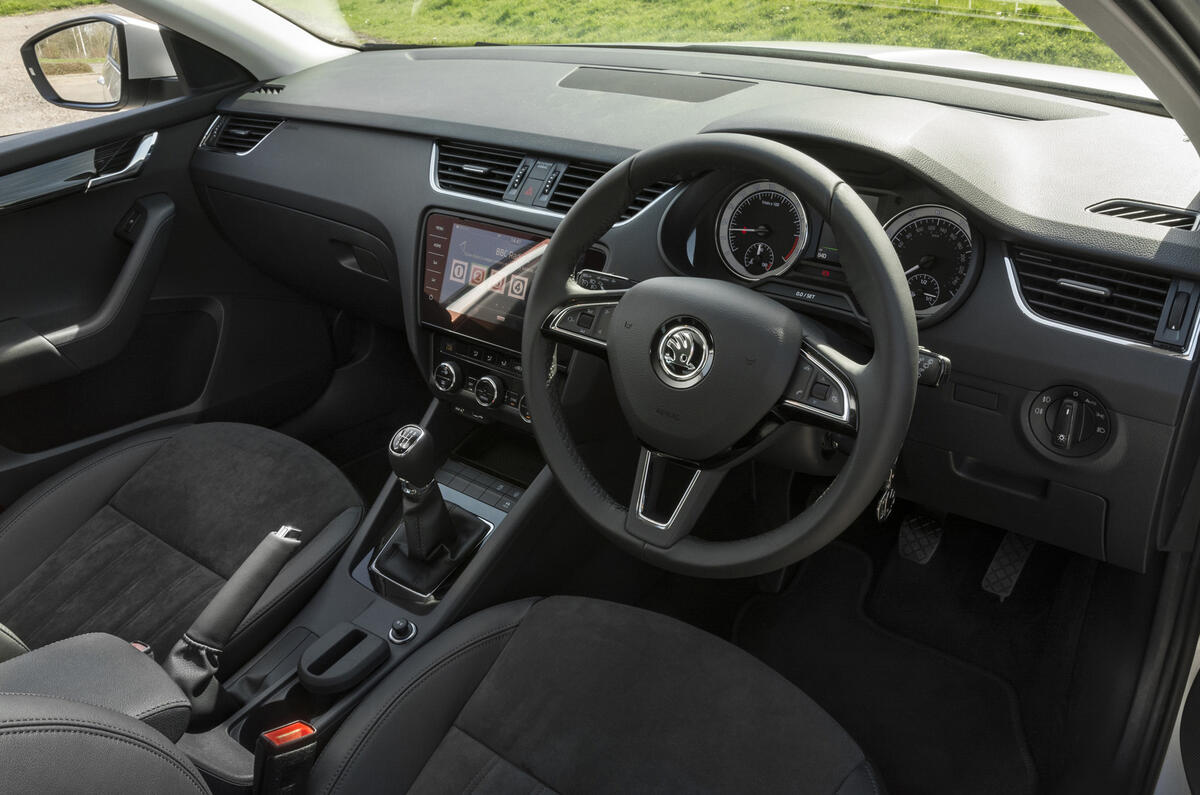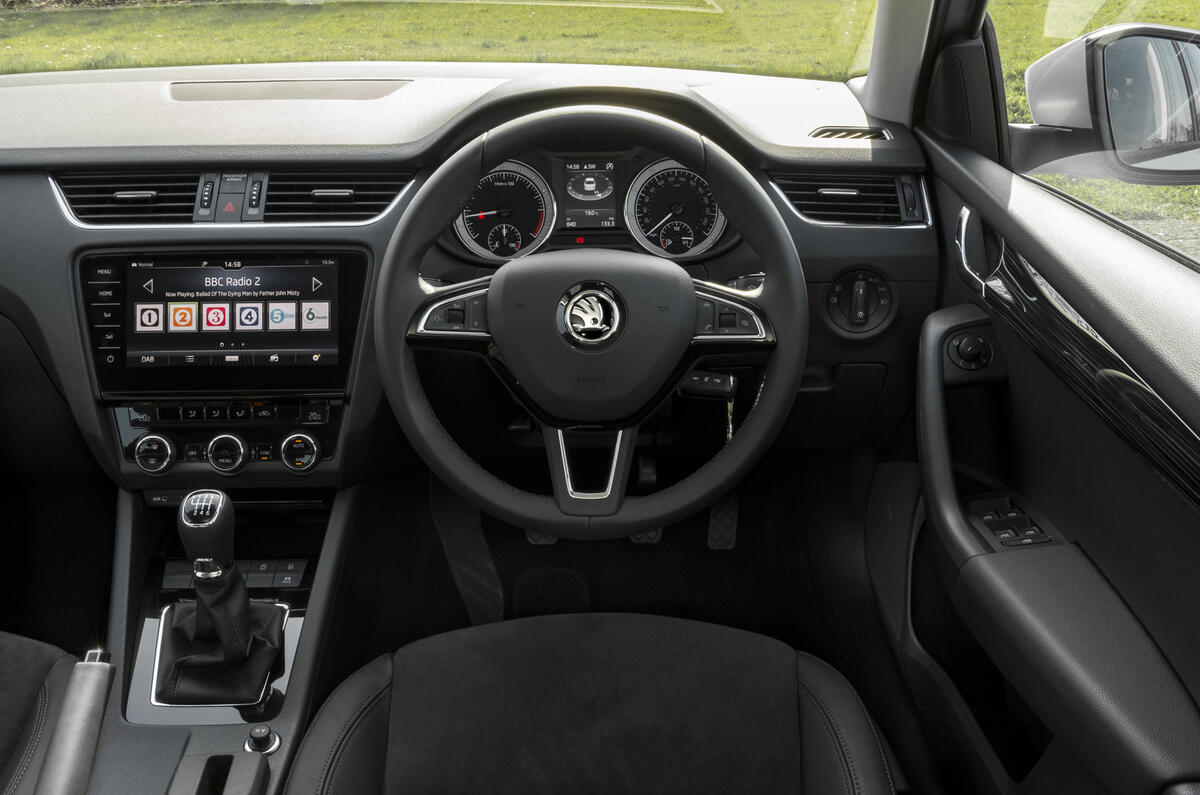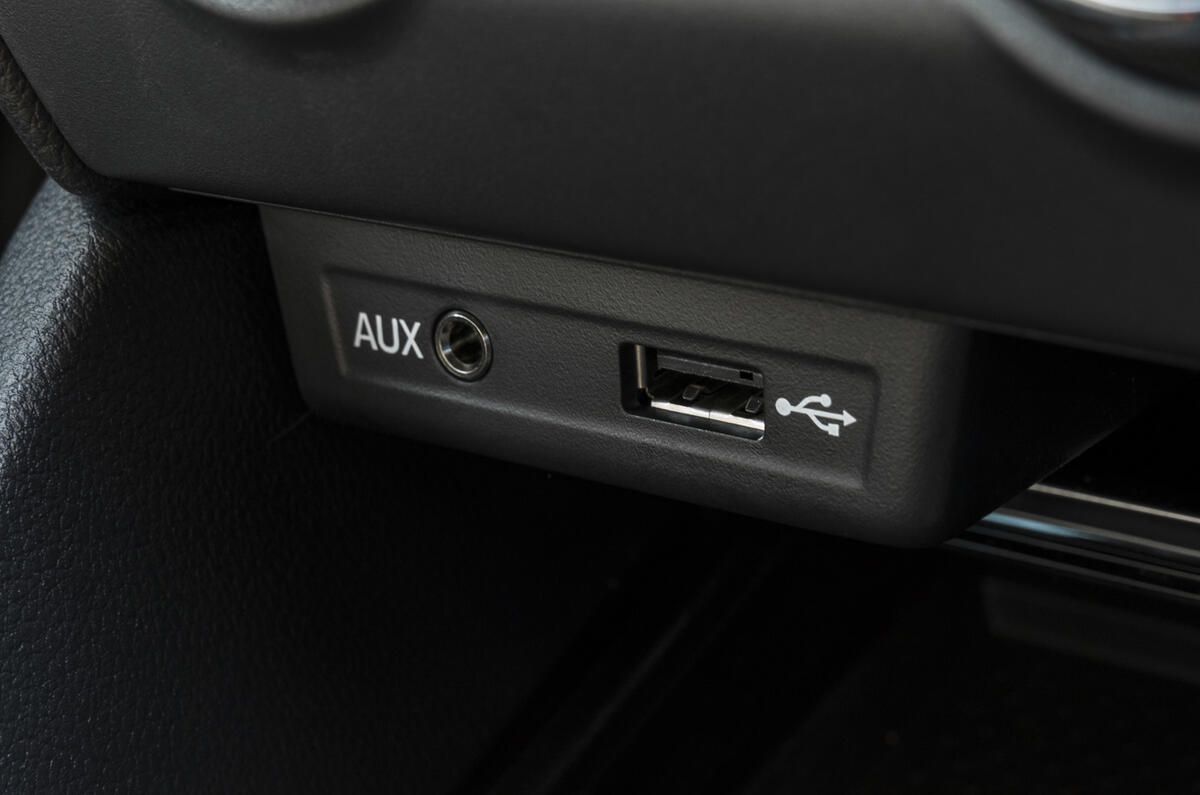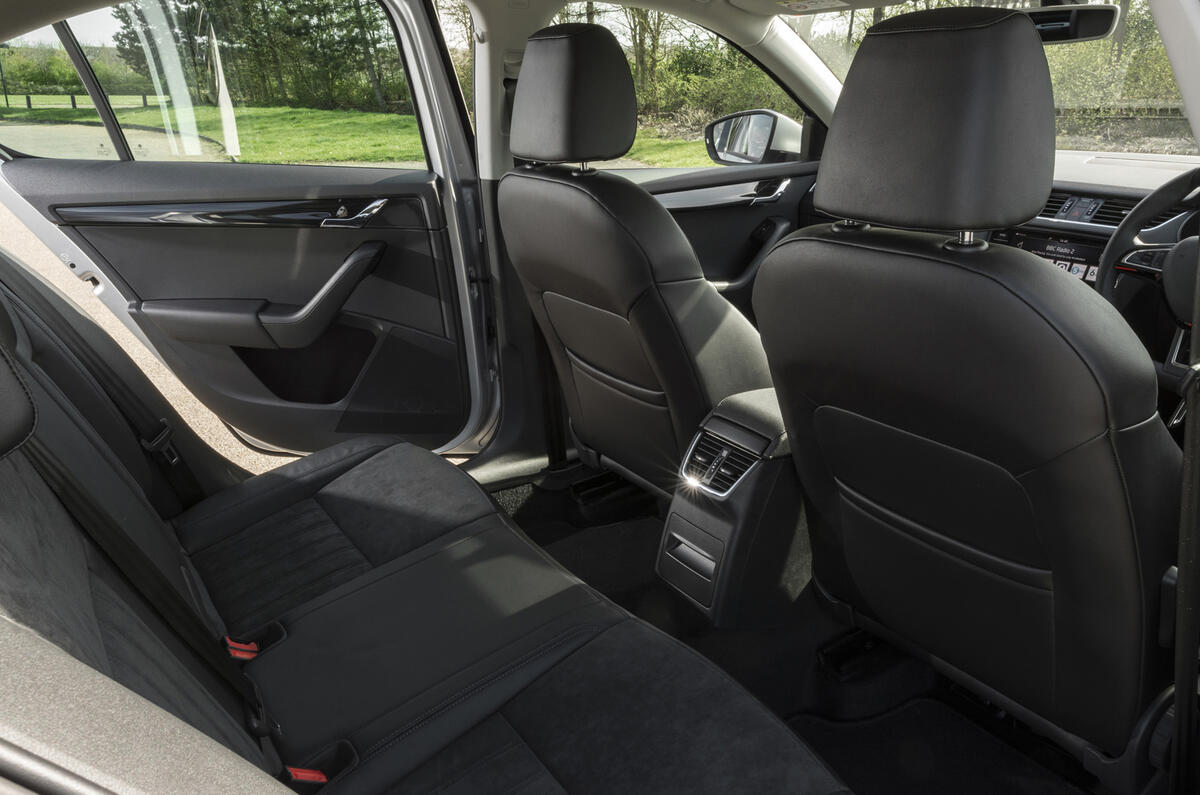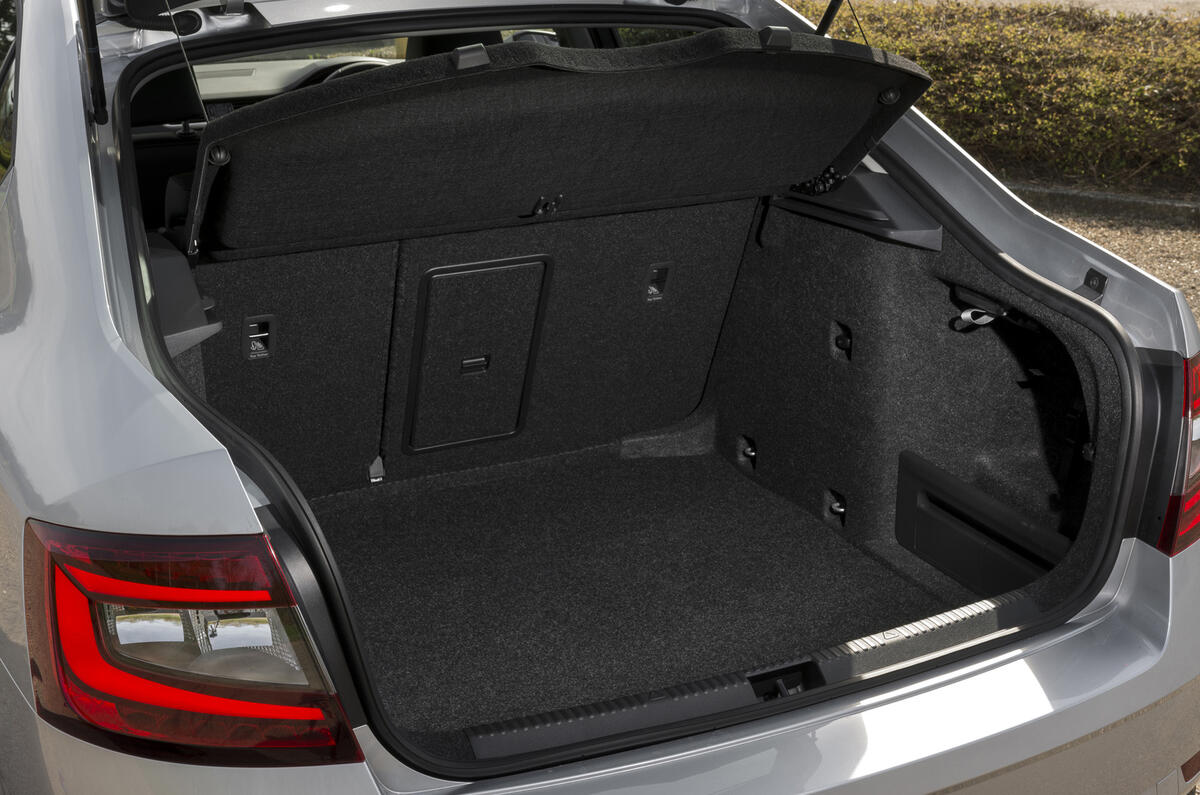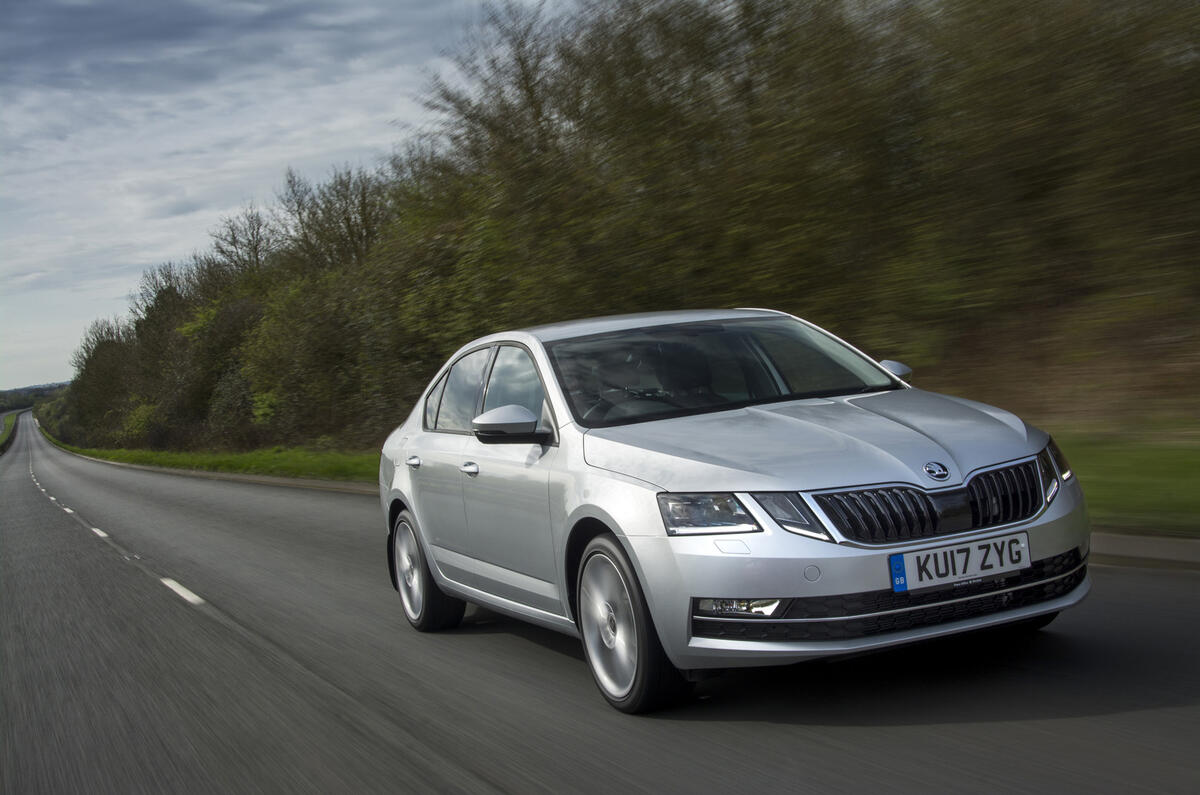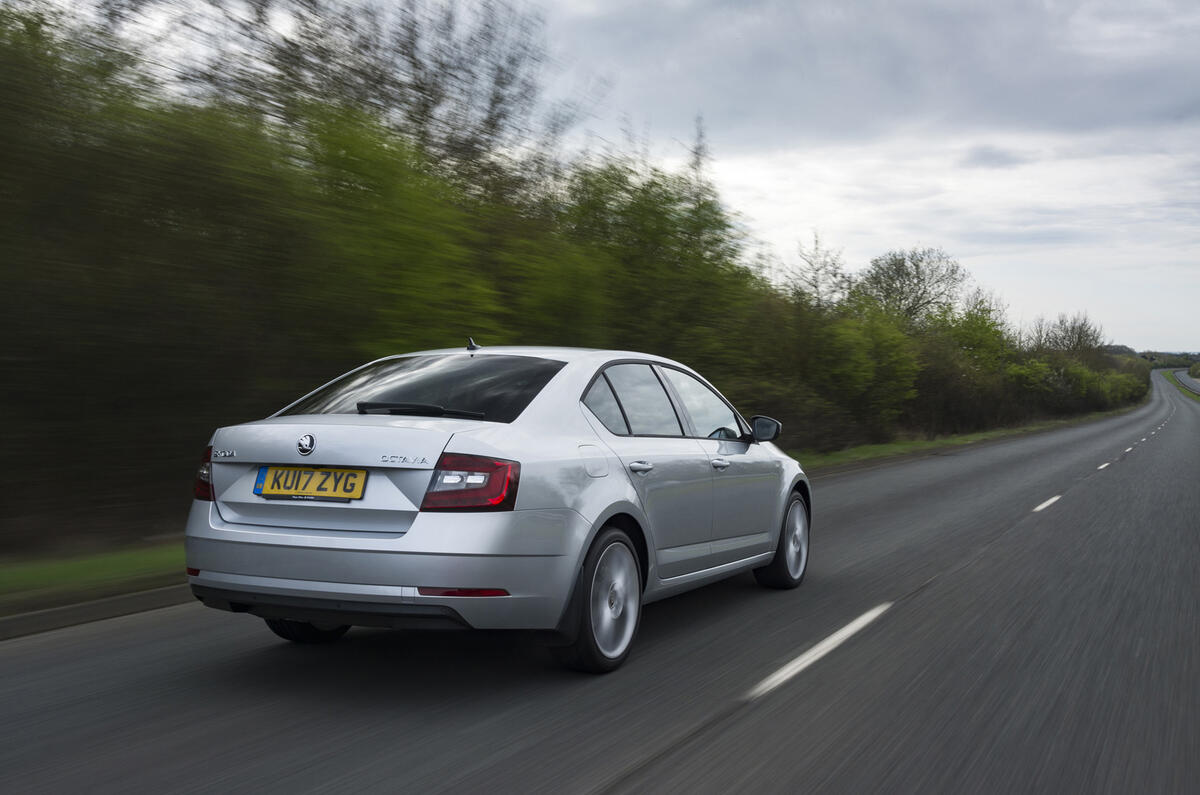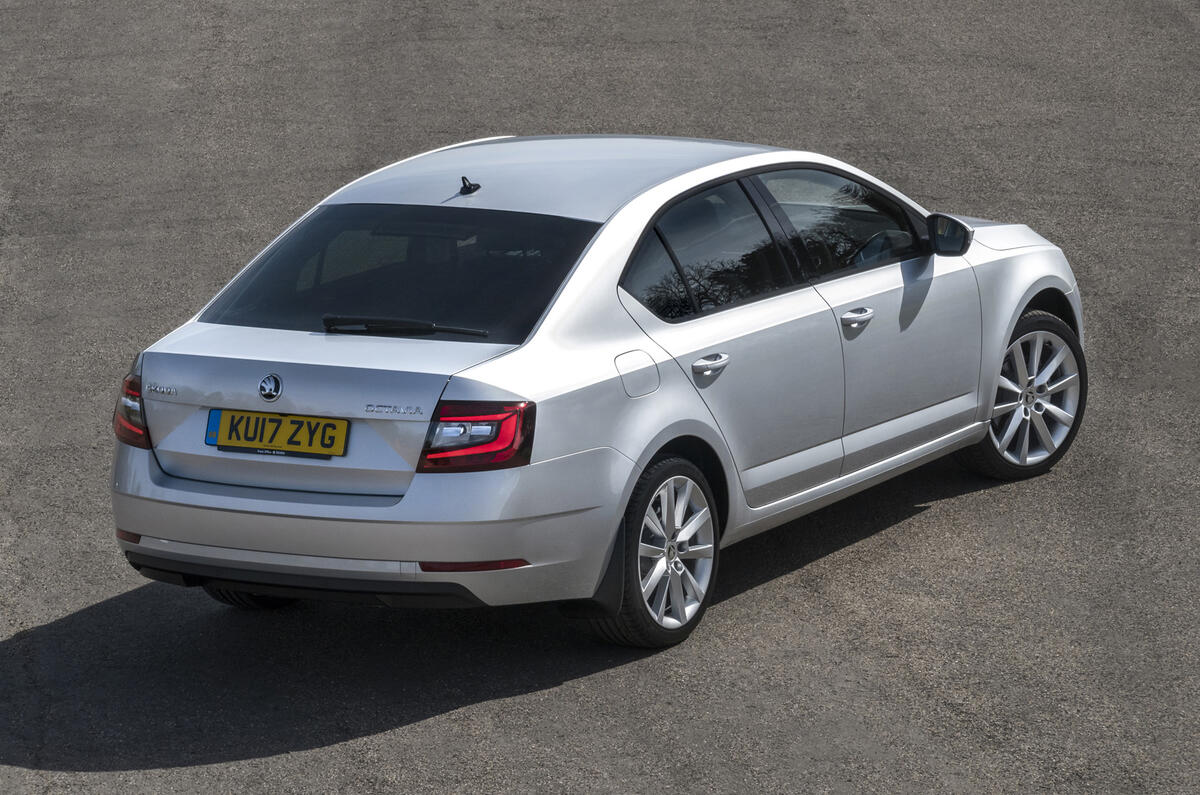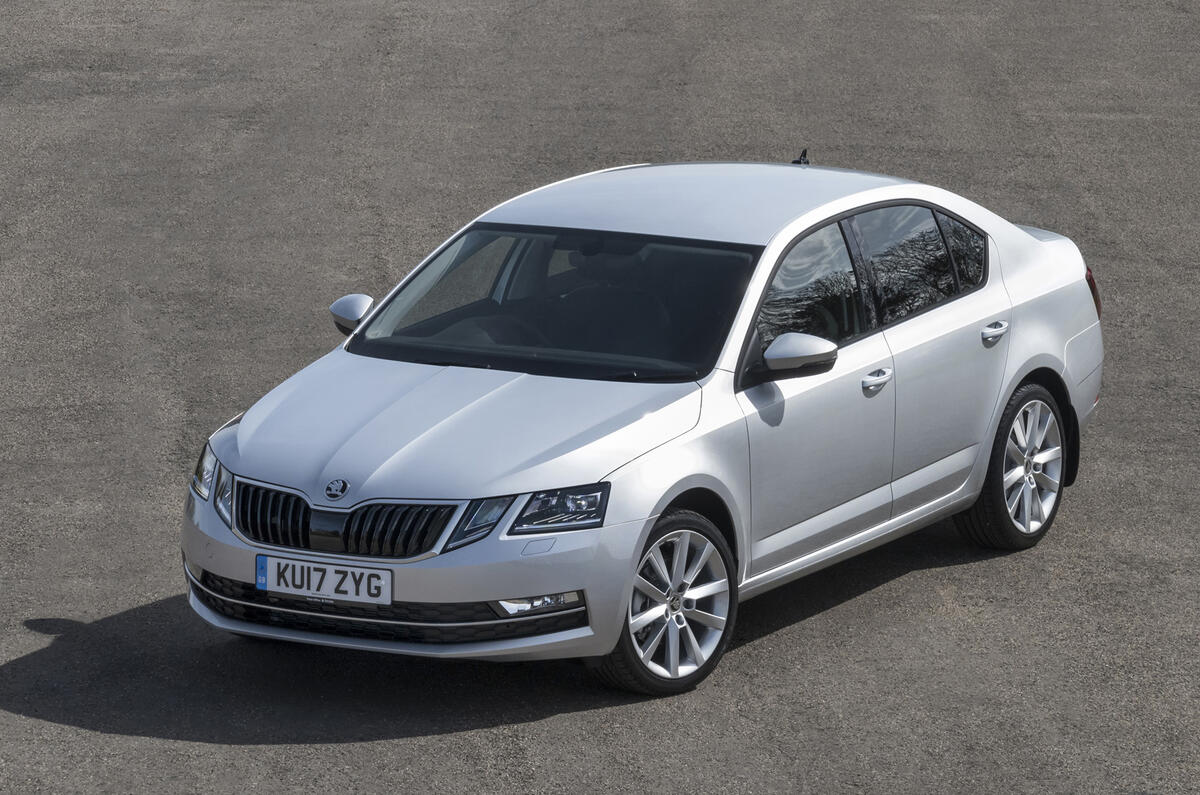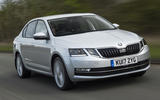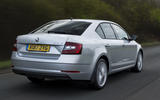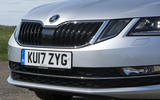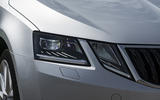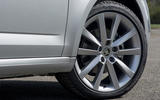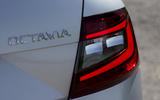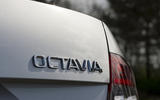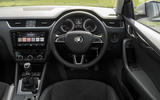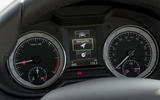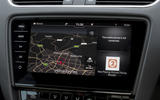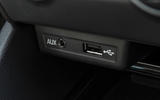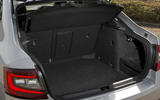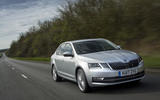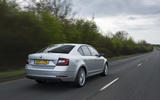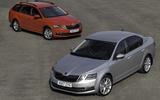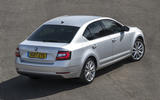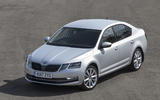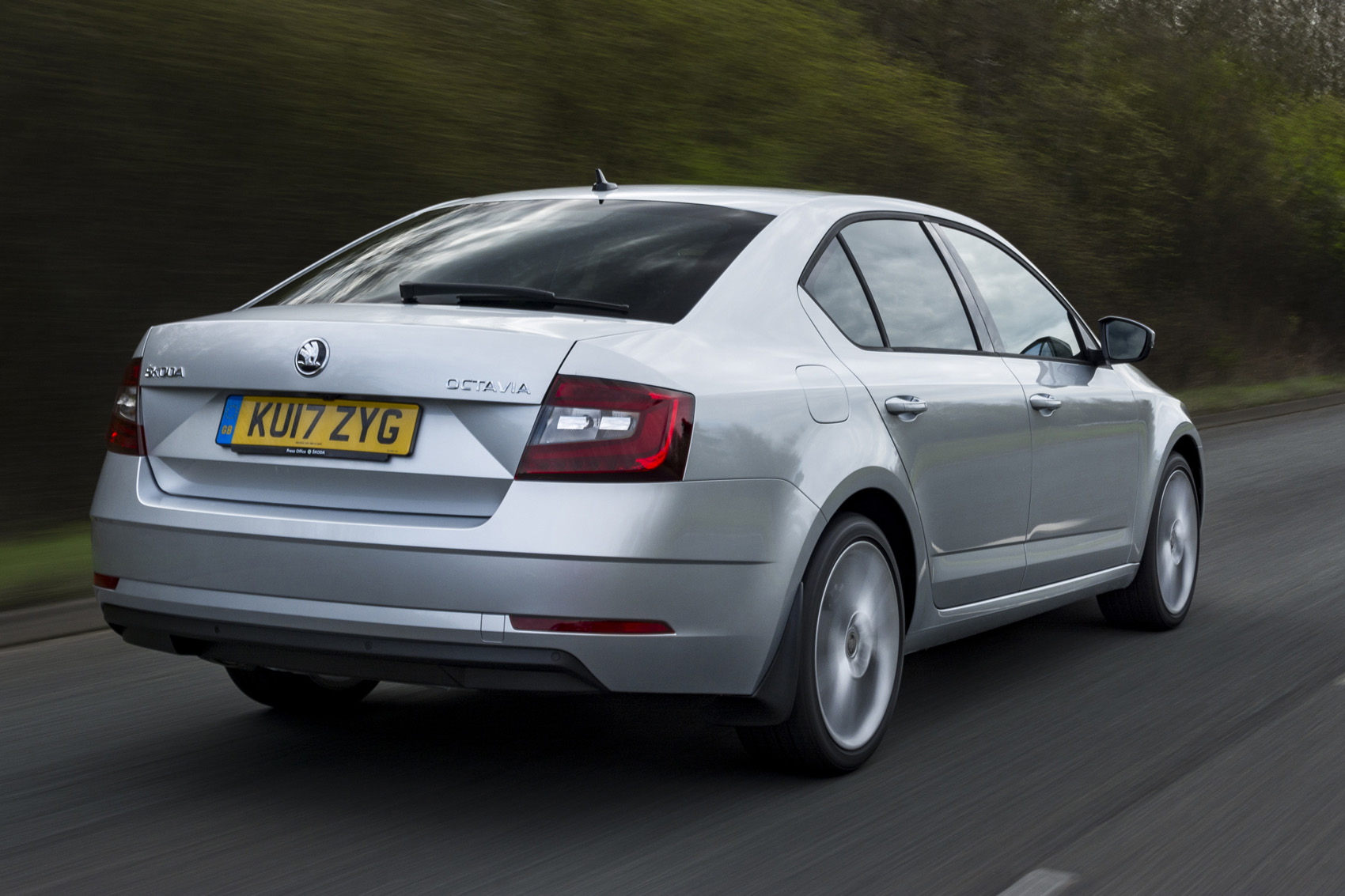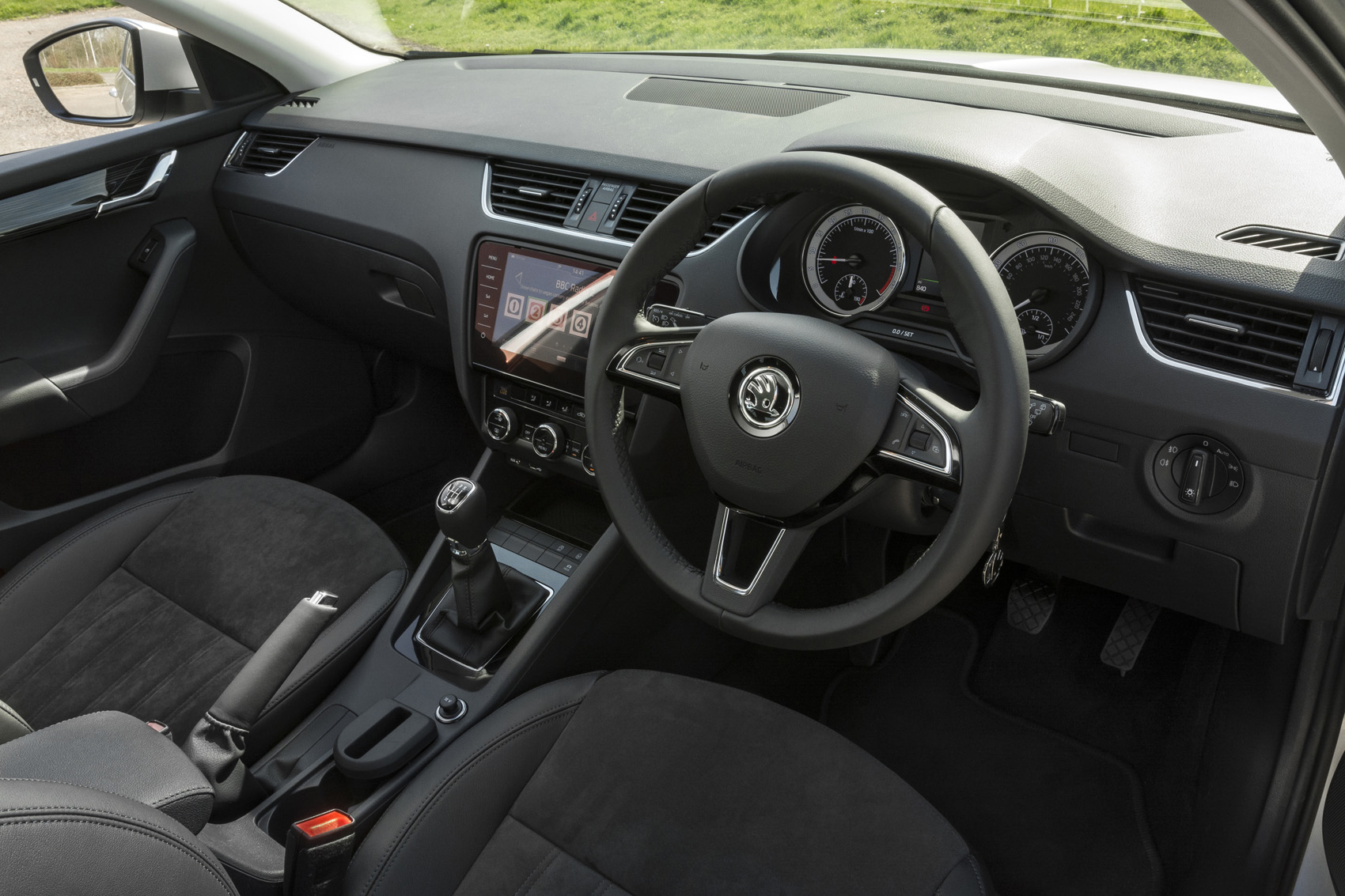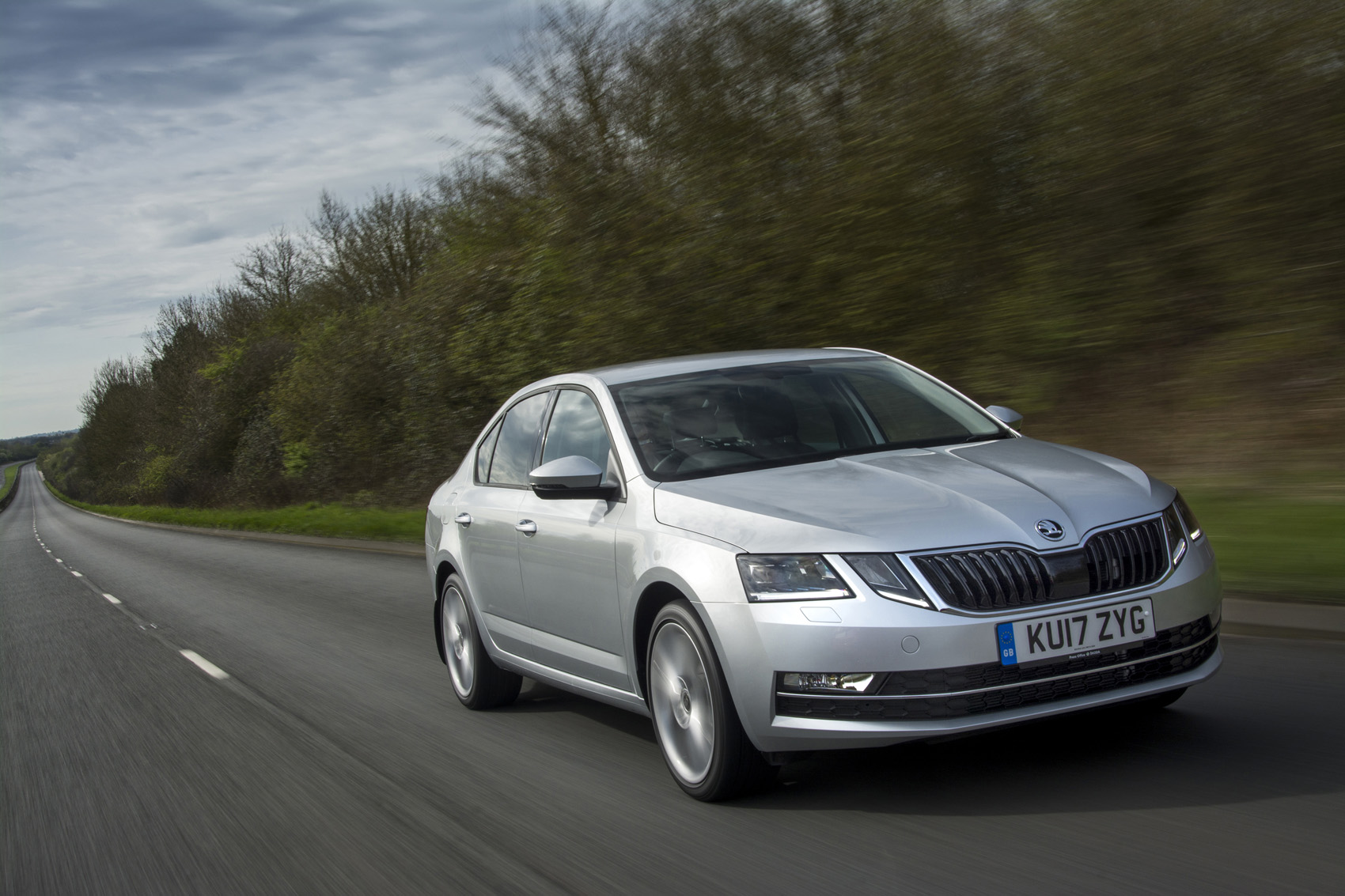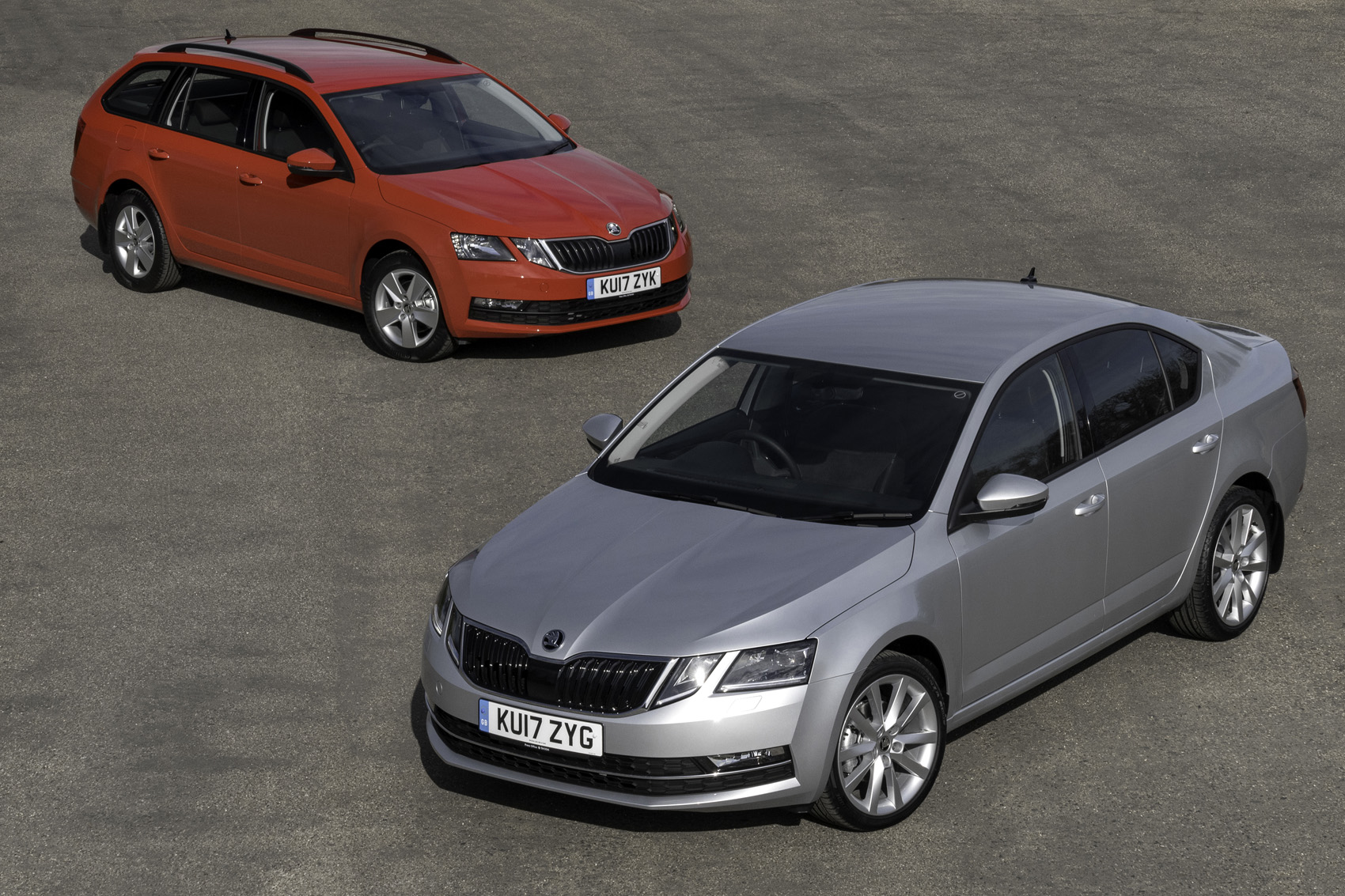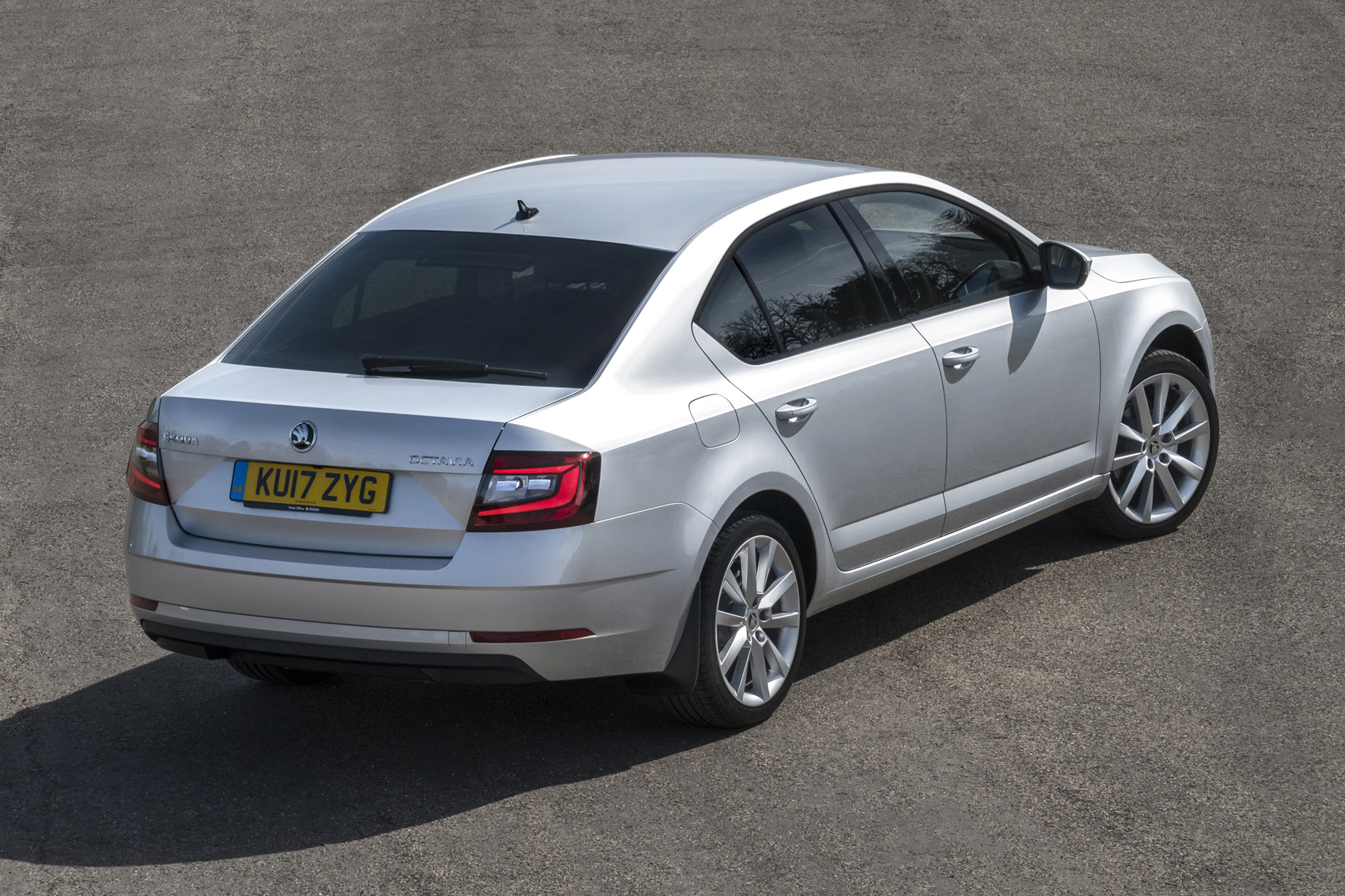Skodas have traditionally been simple, straightforward, no-nonsense cars, and they were themes that were largely continued inside the mk2 Skoda Octavia.
We say ‘largely’, because the introduction of the Rapid, which allowed the Octavia to be pushed towards the mainstream ‘large family’ sector, meant that Skoda felt compelled to offer some smart technology options.
By and large, if you like getting more space than you expect and simple, clear controls, you’ll like what the Octavia offered. The driver’s and front passenger’s seats were large and flat but remained comfortable over distances, while generous storage cubbies abound, including places that would take a 1.5-litre water bottle.
The rear seats were similarly accommodating, and even large occupants would be able to get comfortable. Wide door openings, a broad seat base and generous headroom were all present and correct. The rear seatbacks could be folded (although they didn't leave a flat floor, which was only a mild disappointment) in front of a large boot.
With those rear seats in place, the load space amounted to 590 litres, rising to 1590 litres with the seats folded. The big, heavy tailgate took a bit of lifting, but at least it meant there was a large opening.
The cabin’s design, meanwhile, was relatively clean and simple. The dials were crisp and additional display systems easy to read, backed up by large buttons. The facelift had also done wonders to lift the appeal of the cabin to give a added plushness and moderness to an already ergonomically pleasing cabin.
Basic Skoda Octavia models were sensibly equipped, with six trim levels to choose from - S, SE, SE-L, Laurin & Klement, Scout and vRS.
Entry-level S models came with 16in alloy wheels, LED headlights and rear lights, tinted rear windows, advanced electronic locking differential, air conditioning and electrically adjustable and heated wing mirrors as standard. Also fitted was Skoda's 6.5in touchscreen Bolero infotainment system complete with DAB radio, smartphone connectivity, Bluetooth and USB connectivity.
SE models got added niceties such as 16in alloy wheels, front foglights, cruise control, rear parking sensors and dual-zone climate control, while mid-range SE-L trim came with 17in alloy wheels, full LED headlights, an Alcantara and leather upholstery, front assist emergency braking, automatic lights and wipers, and the very British umbrellas under the front seats.
There was also an upgraded infotainment system complete with an 8.0in touchscreen display, sat nav and wifi hotspot.
The luxurious and range-topping Laurin & Klement trim gave the Octavia 18in alloy wheels, LED rear lights, heated front seats, an electrically adjustable driver's seat, adaptive cruise control, keyless entry and start, numerous safety techonologies and a heated steering wheel and. If that wasn't enough you also got a 9.2in infotainment touchscreen display and a Canton audio system as standard too.
The rugged, off-road capable Scout got all the standard equipment as the SE trimmed Octavia, plus adaptive LED headlights, silver roof rails, tinted rear windows, a rugged looking bodykit with lots of plastic moulded fitments, a dedicated off-road mode, engine guard and underbody stone guard and heated front seats and steering wheel.
As for the infotainment system, Skoda kitted out the Scout with its Amundsen version complete with an 8.0in touchscreen display, sat nav and an integrated wifi hotspot.
Those after a few more thrills from their Octavia could have the vRS available with either an 181bhp 2.0TDI engine and four-wheel drive, or a 227bhp 2.0TSI unit which powered the pre-facelifted vRS 230.
Regardless of which powertrain you choose the equipment level was the same - 18in alloy wheels, adaptive full LED headlights, vRS-specific foglights, an aggressive vRS bodykit, red brake calipers, sports seats, an advanced traction control system and Skoda's Amundsen infotainment system.
Opt for the vRS 245, you got the same power as a Golf GTI Performance and 19in alloy wheels, a rortier exhaust and a full Alcantara upholstery thrown into the package.


